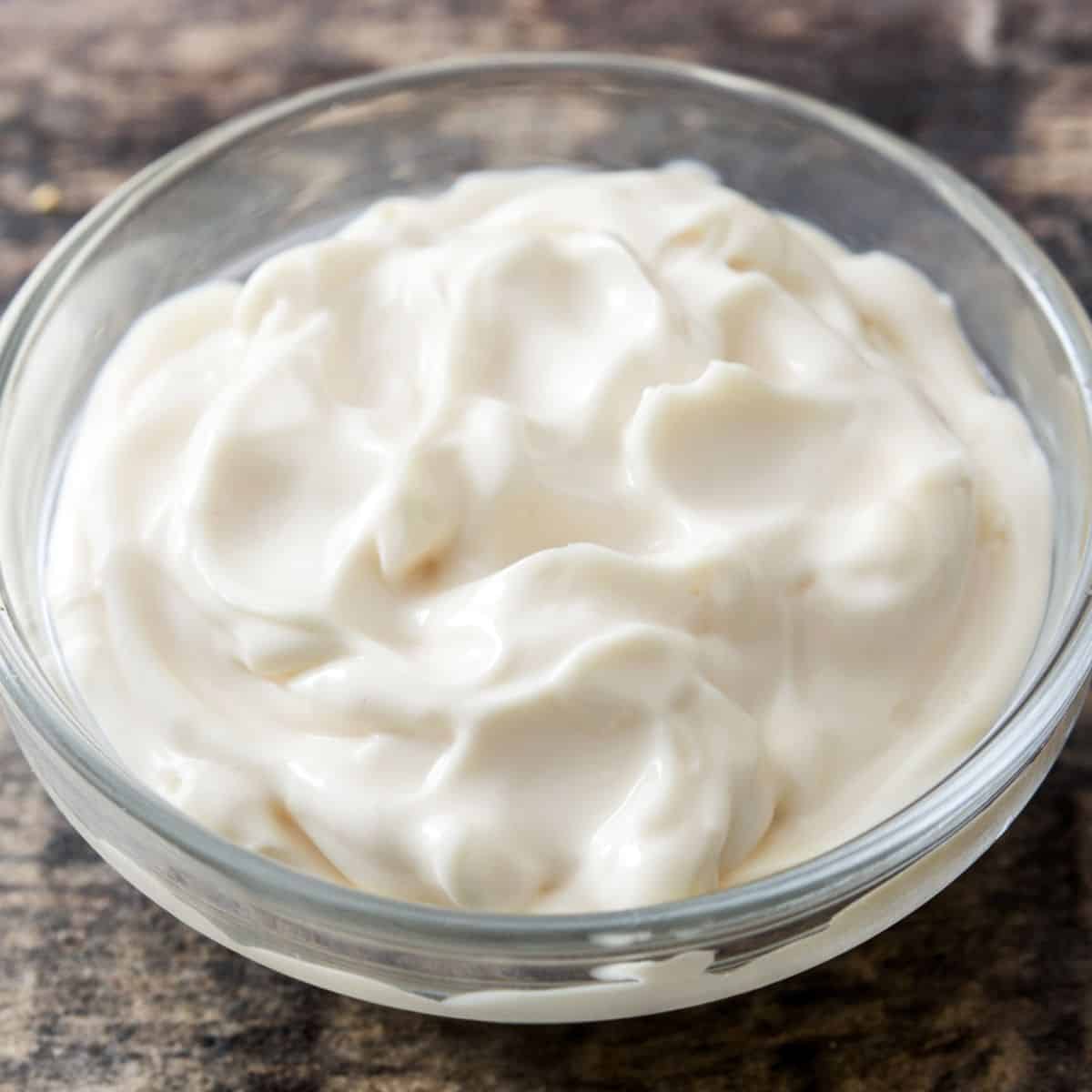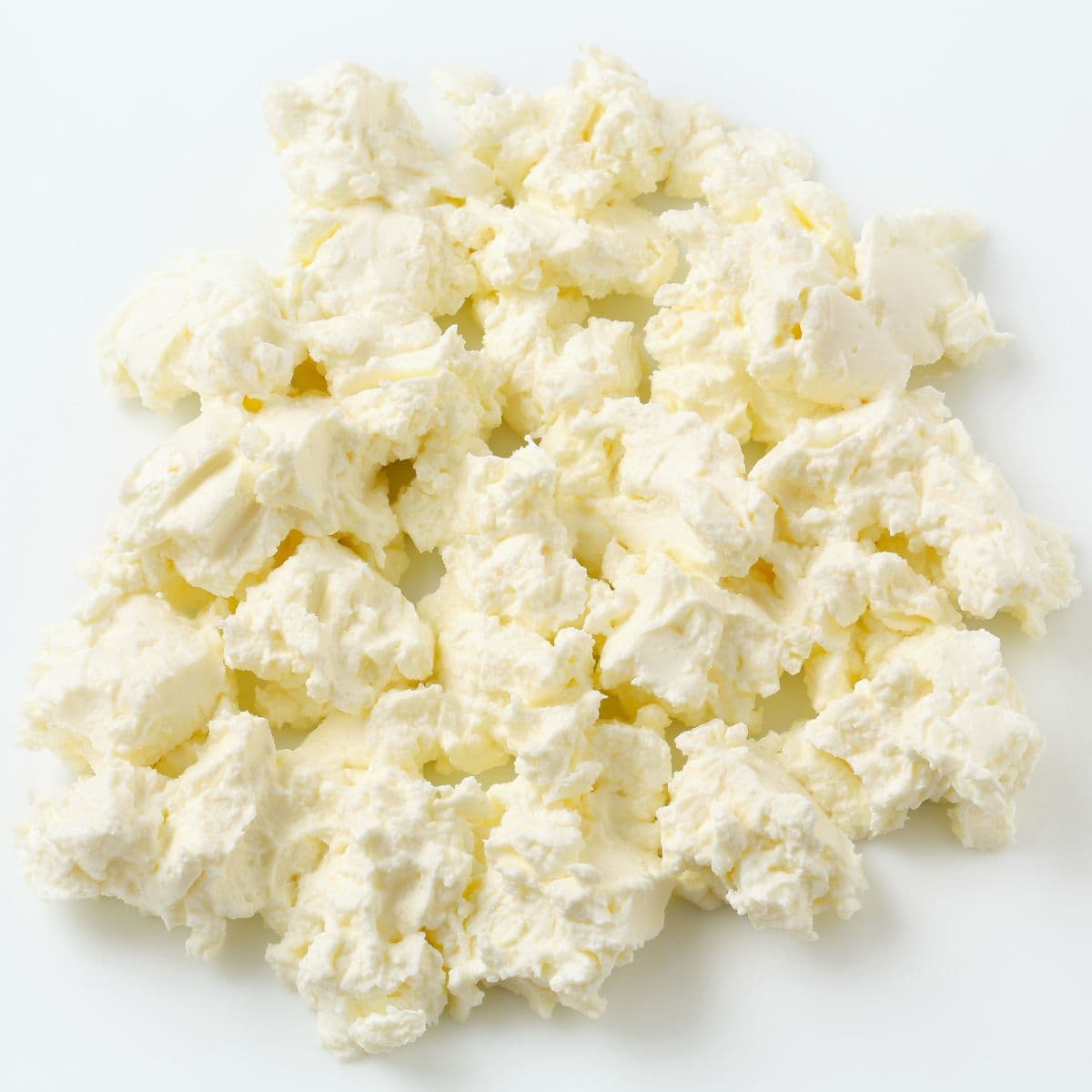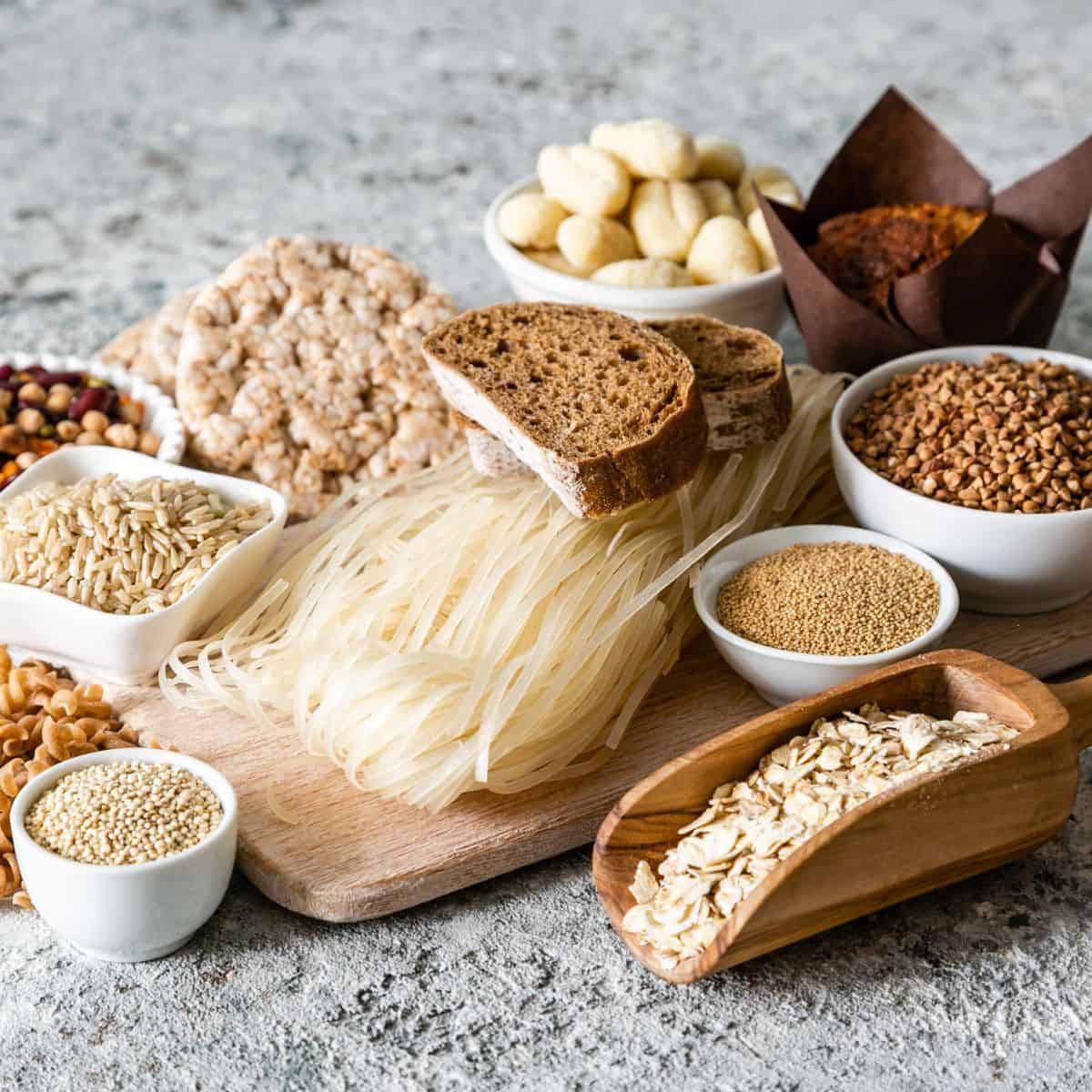The keto diet has recently gained popularity among many health enthusiasts, especially those wanting to try a low-carb and gluten-free lifestyle. This low-carbohydrate, high-fat diet can aid in weight loss, decrease inflammation, and improve energy levels. It can also help you gain better mental clarity.

Jump to:
However, starting a keto diet can be challenging, like trying other new things. Beginners may have numerous questions like "Is sour cream keto?" This new lifestyle can also be intimidating because of the dreaded "keto flu."
If you want to begin a healthier lifestyle, this article will enumerate seven helpful tips to ensure a successful keto diet. Return for the second part of our blog series, where we'll answer your commonly asked questions about macronutrients and how to avoid the keto flu and discuss the common types of keto diets.
1. Eliminate the Temptations
There's nothing more satisfying than munching on your favorite snacks, especially after a hectic work or school day. However, you can't do that when trying the keto diet because it won't be effective. A successful keto diet begins by eliminating all the wrong foods, like grains, sugar, starchy vegetables, legumes, high-sugar fruits, low-fat dairy, and seeds and vegetable oils.
You should also remove processed "low carb" foods from the pantry and fridge. However, if other family members still want to eat those particular foods, keep them in one place so you can easily avoid that area of the kitchen.
2. Start Simple
Other beginners make the mistake of immediately jumping into the intense parts of the keto diet, assuming it will help them get the results sooner. Unfortunately, that's untrue and usually causes more harm than good. When trying a keto diet, select a protein (meat, eggs, protein powder), a low-carb vegetable (zucchini, cauliflower, leafy greens), and add fat (butter, olive oil, mayonnaise) to your meals.
3. Stock the Fridge
Once you've emptied your refrigerator of all the unhealthy foods, it's time to replace them with healthier choices. A balanced keto diet should include healthy fats, leafy greens, unprocessed meats, low-carb vegetables, full-fat dairy, and eggs. It should also have low-carb fruits like avocados and berries.
4. Stock the Pantry
Once you've made your refrigerator look healthy, your work doesn't stop there because you still need to stock the pantry. You should keep herbs and spices, low-carb condiments, nuts and seeds, keto sweeteners, low-carb flour, and sugar-free beverages when trying a keto diet.
You should also avoid having certain items in your pantry when starting the keto diet, like exogenous ketones, ketone urine or blood strips, diet supplements, and processed products with a "keto" label. You don't need these items to succeed on a keto diet because your body will automatically produce ketones if you limit your carbohydrate intake.
5. Monitor Your Portions
You can still plateau or gain weight while on a keto diet if you consume too many calories. However, you should remember that fat is adjustable. Fortunately, being in ketosis usually decreases hunger and cravings, which can make you eat less. Many also say that eating low-carb foods helps them manage their portions automatically.
6. Eat Only When Hungry
When on a keto diet, you should only eat when hungry and concentrate on hitting your protein goal. Ketosis suppresses appetite and improves insulin sensitivity, making you not as hungry as often or intensely.
7. Take It Easy
Keto beginners should gradually cut out carbs and sugar, listen to their bodies, and trust the process. You should also try salty snacks like olives or pickles to curb hunger.
Final Remarks
Trying the keto diet can be daunting for beginners because it involves changing eating habits. You can ensure its effectiveness by selecting the right foods, monitoring portions, and being patient. Return for the second part of our blog series, where we'll answer your commonly asked questions about macronutrients and how to avoid the keto flu and discuss the common types of keto diets.
If you have questions, we offer helpful guides and tasty recipes to help you live healthier. Read more of our tips and meal plans now!




